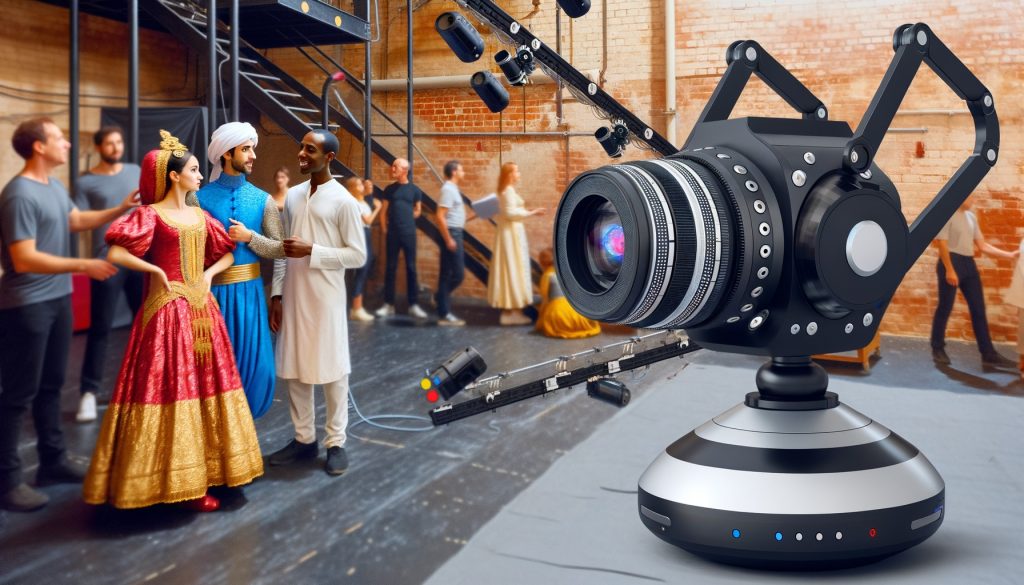Orson Welles lost film reconstructed with AI
Showrunner is using AI to restore 43 missing minutes of Orson Welles’ The Magnificent Ambersons, blending advanced tools with traditional filmmaking instead of commercial release.

More than 80 years after Orson Welles’ The Magnificent Ambersons was cut and lost, AI is being used to restore 43 missing minutes of the film.
Amazon-backed Showrunner, led by Edward Saatchi, is experimenting with AI technology to rebuild the destroyed sequences as part of a broader push to reimagine how Hollywood might use AI in storytelling.
The project is not intended for commercial release, since Showrunner has not secured rights from Warner Bros. or Concord, but instead aims to explore what could have been the director’s original vision.
The initiative marks a shift in the role of AI in filmmaking. Rather than serving only as a tool for effects, dubbing or storyboarding, it is being positioned as a foundation for long-form narrative creation.
Showrunner is developing AI models capable of sustaining complex plots, with the goal of eventually generating entire films. Saatchi envisions the platform as a type of ‘Netflix of AI,’ where audiences might one day interact with intellectual property and generate their own stories.
To reconstruct The Magnificent Ambersons, the company is combining traditional techniques with AI tools. New sequences will be shot with actors, while AI will be used for face and pose transfer to replicate the original cast.
Thousands of archival set photographs are being used to digitally recreate the film’s environments.
Filmmaker Brian Rose, who has rebuilt 30,000 missing frames over five years, has reconstructed set movements and timing to match the lost scenes, while VFX expert Tom Clive will assist in refining the likenesses of the original actors.
A project that underlines both the creative possibilities and ethical tensions surrounding AI in cinema. While the reconstructed footage will not be commercially exploited, it raises questions about the use of copyrighted material in training AI and the risk of replacing human creators.
For many, however, the experiment offers a glimpse of what Welles’ ambitious work might have looked like had it survived intact.
Would you like to learn more about AI, tech and digital diplomacy? If so, ask our Diplo chatbot!
